Nick and I had taken the kids to a hot air balloon festival that evening. It was a bit of a bust due to wind and the constant drizzle of rain, but we were still enjoying the sight of the anchored, glowing balloons and talking with a small group of adults we’d met.
One woman in the group and our daughter, Wren, especially hit it off and were chatting and joking around while we walked. At some point, they decided to have a cartwheel contest. Wren squealed in delight, “Mommy! Do one do one do one!” She was jumping in place, cheering me on.
In those brief seconds, staring at her excited, expectant eyes, my mind had a burst of conflicting thoughts: You can’t do a cartwheel anymore. But this woman we’ve just met can do this with your daughter, and you can’t. Wren is never going to know you as the active person you used to be – but always as the one watching from the sidelines. You can do it quickly, just once.
I handed my purse to Nick and went for it, cartwheeling through the air. As I came up, arms raised, Wren – clapping – ran up and gave me a hug, both of us laughing.
Inside, I felt like I might pass out from the burst of pain. My wrists screamed, hot and angry, as if every bone in them shattered the second my hands had hit the ground.
Cartwheeling Into Suffering
It’d started two years before, after the birth of my son, Kai. The early symptoms presented as joint pain and swelling, muscle weakness, color changes in my hands when cold, and shortness of breath. Little daily tasks like bathing the kids or picking them up had become almost unbearable, and every brief game of chase ended in 15 minutes of me trying to breathe normally again.
I remember one night when I needed to make dinner in a hurry; I couldn’t get the lid off a sauce jar. I tried everything I could think of until my hands throbbed, before I finally let out a scream of frustration. (I ended up going to the neighbor’s, who kindly opened it for me in one rudely-easy try, but I’m sure that “I loosened it for her.”)
When I was finally diagnosed with systemic sclerosis with polymyositis overlap, I had never heard of either of those autoimmune diseases – and I had already racked up a few others so I wasn’t a new member to the autoimmune club. This connective tissue disease causes progressive fibrosis and other changes in the joints, skin, muscles, blood vessels, and internal organs, and there is no cure.
Today, four years in, I am thankful to have a team of specialists watching me like a hawk and medications that have improved my quality of life and slowed disease progression. By all accounts, it’s well managed at the moment.
But every now and then, something happens that makes me acutely aware that this might never go away, and in fact, will likely get much more serious. I think random thoughts in the middle of the night like, Will I recognize myself when my face changes?; I don’t want to be on oxygen at the kids’ weddings; or We need to go hiking SOON as a family, while I still can.
In the middle of nights like these, the beginning of Romans 5:3 – at first glance – sounds nothing short of insane: “Not only that, but we rejoice in our sufferings…”
What’s the “that” of “not only that,” which precedes these verses? We get to rejoice in 1) having lasting peace through Jesus, 2) standing in His grace forever, 3) hoping in the glory of God, and… oh yeah, not only that, but also in sufferings! Slow clap.
How does suffering fit into this series?
The Road No One Wants to Take
The truth is I am a dubious candidate to write about suffering. I struggle greatly with suffering on a spiritual level – more precisely, the suffering of others – especially when I can’t rationalize it, such as with mental illness, a house fire, pediatric cancer, or a sudden mudslide. Nothing makes me question God’s goodness or His very existence more.
And yet, I can’t deny His presence and power in the midst of it.
Paul goes on to write:
…knowing that suffering produces endurance, and endurance produces character, and character produces hope, and hope does not put us to shame, because God’s love has been poured into our hearts through the Holy Spirit who has been given to us. (Romans 5:3b-5)
When I think about the qualities of perseverance, character, and a hope that doesn’t fail, I can think of nothing else that has the power to produce those besides pressure and hardship. I can think of nothing else that has the power to bring true, tested spiritual maturity.
But even more significantly, I have experienced nothing else that brings me into the presence of God more clearly, deeply, and authentically.
Born From Suffering
For me, the existence of autoimmune disease in my body was itself born out of a time of suffering. A year of intense emotional pain and stress more than a decade ago proved to be the environmental trigger for autoimmunity. But what I remember most about that year isn’t the symptoms, doctor appointments, or tests.
I remember that it was the closest I’ve ever felt to God. On my knees, I was completely, fully persuaded that “my flesh and my heart may fail, but God is the strength of my heart and my portion forever” (Psalm 73:26). What else can persuade us with such certainty, but His presence in our suffering?
Author K.J. Ramsey writes in her book This Too Shall Last:
“Seated by the ledge where we’ve exhausted ourselves trying to push away suffering, we’ll see that pain embraced and accepted provides a panoramic perspective of the dawning of God’s new world.
We’ll watch for the dawn while acknowledging the dark. And as the black and blue of night recede with the radiance of the rising sun, we’ll realize we’re in the company of Jesus.”
Resized
Last weekend, I left my wedding ring with a jeweler for resizing. It was a big deal for me. I haven’t been able to slide it past my first knuckle in more than four years, but I’d been putting it off “just in case” my joints return back to their former size. I guess it was my small stance of defiance, and so there it’d sat in the ring box on my dresser, year after year.
I learned there are two processes jewelers use to make a ring larger. Sometimes they stretch it, but that can weaken the ring considerably. So most jewelers choose the better way. They heat the band up and cut it. Then they add metal to it as a bridge and solder it back together.
It seems to me that God also chooses the better way. He doesn’t allow pain to merely stretch us so that He can leave us as a weaker version of ourselves. Instead, even when we are broken in two, He adds Himself into our stories and solders us back together – with Him at the center.
When I pick up my wedding ring next weekend, it will look a little different, I’m sure, and the hand that will wear it also looks different now. But to me, it will be deeply meaningful and beautiful, resized.
Searching for hope in the midst of suffering? We’d be honored to walk alongside you. Worship with us online every Sunday, or at a live campus in Central Florida.






Jamie,
Thank you for sharing your story and pointing us all to Jesus with your honesty and vulnerability.
Your words and life are an encouragement to me, and I know that you are a blessing to all who know and love you!